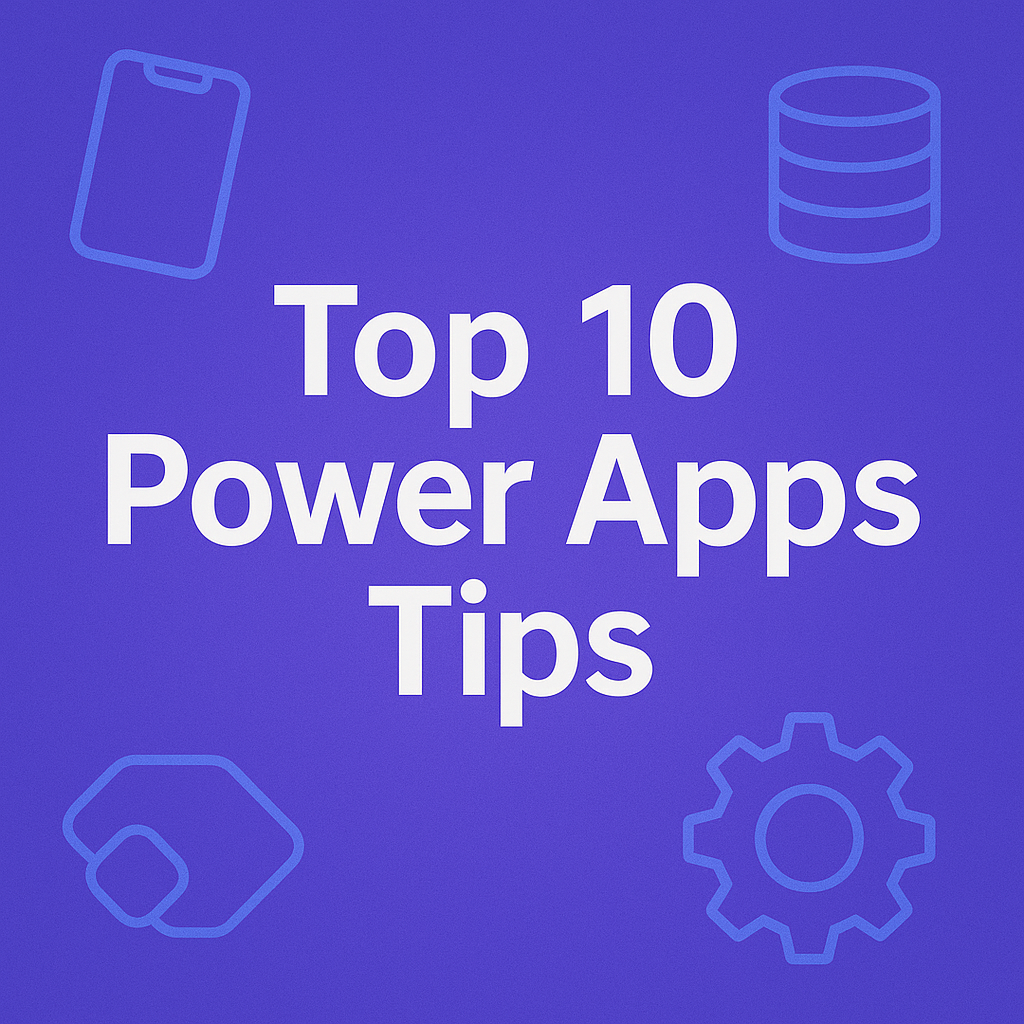Top 10 Essential Power Apps Tips Every Maker Should Know
Power Apps has quickly become one of the most powerful tools for organizations and individuals looking to build business applications without heavy coding. Over the years, working across different industries and scenarios, I’ve gathered some lessons that have saved me hours — and sometimes, days — of effort.
Whether you’re just getting started or looking to refine your app-building process, here are my Top 10 Power Apps Tips that will make your apps faster, smarter, and more maintainable. These tips are brief and i will creat further posts to go ito these in more depth.
My Top 10 Power Apps Tips
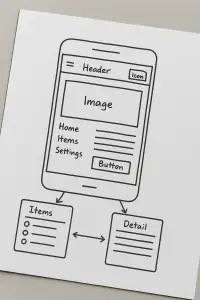 1. Plan Your Power Apps Before You Build
1. Plan Your Power Apps Before You Build
It’s tempting to jump straight into Power Apps Studio and start dragging controls onto the screen — but trust me, even a simple sketch on paper or a whiteboard can save you a lot of trouble later. Outline:
-
What screens do you need?
-
What data sources will you use?
-
How will users navigate?
Clear planning leads to clearer apps.
2. Use Global Variables and Collections Wisely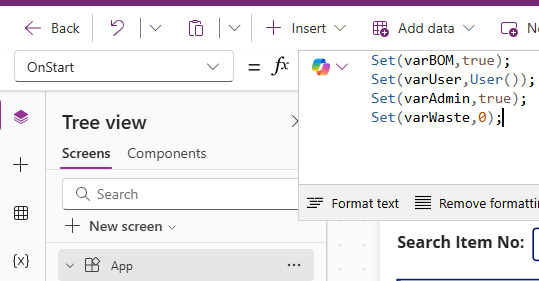
Power Apps gives you powerful tools like Set() for global variables and ClearCollect() for collections. However, too many variables can make your app hard to debug and maintain.
-
Initialize variables in the OnStart property.
-
Name them clearly (
varUserName,colProducts). -
Release them when no longer needed using
Clear().
Pro Tip: For larger apps, consider using Environment Variables in Power Platform.
3. Leverage Components for Reusability
Custom components are a game changer. If you have standard headers, menus, or custom controls you use across multiple screens or apps, build them once as components and reuse them.
Below is a component I created as a popup to display more informaition. I reused this multiple times just changing the text and button action.
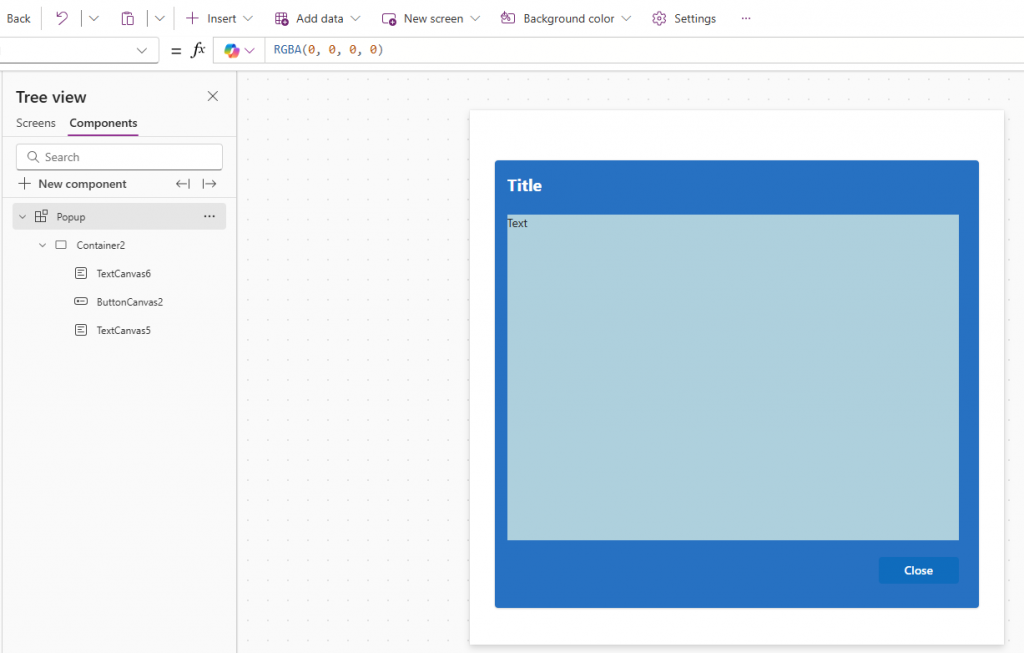
This not only ensures consistency but also makes updates a breeze — change it once, and it updates everywhere!
4. Optimize for Performance Early
Performance bottlenecks usually start with inefficient data loading. A few ways to optimize:
-
Load only necessary data during
App.OnStart. -
Use delegation-friendly data sources (e.g., Dataverse, SQL) when possible.
-
Apply filters early, not after loading large datasets.
Watch your delegation warnings — Power Apps limits can cause unexpected issues in large data scenarios.
Understanding delegation on Microsoft Learn
5. Master the Power of Formulas
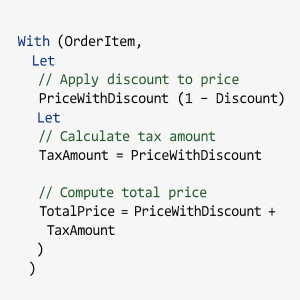
Power Apps formulas are like Excel on steroids. Beyond basics like If() and Patch(), explore:
-
With()to simplify complex expressions. -
ForAll()to iterate over collections. -
Switch()for cle -
aner conditional logic.
Writing clean formulas not only improves readability but also performance.
6. Design for Mobile First
Even if the app will mainly be used on desktops, a mobile-first design approach ensures:
-
Cleaner layouts.
-
Better responsive behavior.
-
More intuitive navigation.
Use flexible layouts like containers and set width/height relative to the screen to create apps that look good everywhere.
7. Use Naming Conventions
A consistent naming convention saves time for everyone who touches the app. I recommend:
-
lbl_for labels (e.g.,lblTitle) -
btn_for buttons (e.g.,btnSubmit) -
gal_for galleries (e.g.,galProducts) -
txt_for text inputs (e.g.,txtUserName)
It makes formulas readable and your app easier to maintain, especially in teams.
8. Control Access with Role-Based Security
Security should be dynamic. Instead of hardcoding roles or access rights:
-
Connect your app to Azure Active Directory groups.
-
Use Dataverse or SharePoint lists to maintain role mappings.
-
Control visibility and functionality based on the logged-in user’s role.
This way, admins can manage access without needing a developer.
9. Test on Real Devices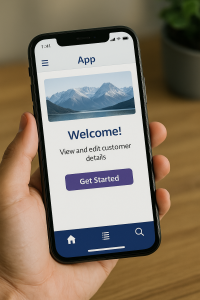
Testing only on the Power Apps Studio Preview is a trap. Always:
-
Test on the actual devices (phones, tablets, browsers).
-
Check for UI responsiveness.
-
Verify performance on different networks (Wi-Fi vs. 4G).
You’ll catch small (but critical) issues that are invisible in Studio Preview.
10. Document Your App
Good documentation saves headaches later. You don’t need a 50-page manual — a simple doc covering:
-
Data sources used.
-
Key variables and their purposes.
-
Special formulas or business logic.
Bonus: Add inline comments in complex formulas using // to explain tricky logic.
You can always add a screen to your app for documentation, make sure nothing navigates to that screen and only developers can see it.
Final Thoughts
Power Apps is an incredibly versatile platform, but like any tool, it shines when used thoughtfully. By planning ahead, writing clean code, reusing components, and optimizing performance, you’ll not only build better apps — you’ll also create solutions that are easier to maintain and scale over time.
Have a favorite Power Apps tip that wasn’t on this list? Share it in the comments or reach out — I’d love to hear what’s working for you!
Would you like me to suggest a few images or screenshots you could add — maybe a sketch of app planning, a screenshot of a component setup, or a demo of naming conventions? (They’ll make your post pop visually!)
For more Power Apps content from Power Logic Hub

